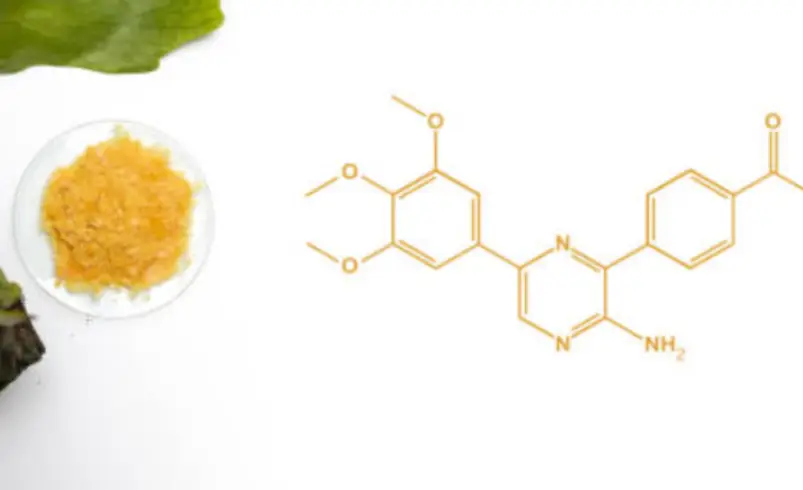N-Propyl Propanoate: Structure, Synthesis, and Uses
- February 18, 2025
- 0
Introduction An organic substance that is a member of the ester family is N-propyl propanoate. It is a vital ingredient in the flavouring and fragrance industries because of
Introduction An organic substance that is a member of the ester family is N-propyl propanoate. It is a vital ingredient in the flavouring and fragrance industries because of

An organic substance that is a member of the ester family is N-propyl propanoate. It is a vital ingredient in the flavouring and fragrance industries because of its well-known fruity scent. Propanoic acid and n-propanol react to generate this ester, a substance that finds extensive use in industrial settings as well as in food additives and fragrances.
Thank you for reading this post, don't forget to share!
Because of its solvent qualities, minimal toxicity, and chemical stability, N-propyl propanoate is used by industries. It is frequently present in pharmaceutical formulations, cosmetics, and flavoured beverages. It also acts as an intermediary in a number of chemical reactions and is crucial to organic synthesis. It is essential to comprehend its synthesis, structure, and risks in order to handle it appropriately and maximise its uses.
The formula, structure, synthesis techniques, risks, and industrial uses of N-propyl propanoate are examined in this article. Its chemical characteristics and importance are explained in depth in the sections that follow.
C6H12O2 is its molecular formula. It is created when n-propanol and propanoic acid combine. A carboxyl group (-COO-) connects n-propyl and propanoate in its structure.
| Property | Value |
|---|---|
| Formula | C6H12O2 |
| IUPAC Name | Propyl propanoate |
| Molecular Weight | 116.16 g/mol |
| Density | 0.876 g/cm³ |
| Boiling Point | 122-123°C |
| Solubility | Slightly in water, soluble in alcohol |
| CAS Number | 106-36-5 |
| Odor | Fruity |
| Chemical Class | Ester |
It forms through esterification of propanoic acid and n-propanol. The reaction uses sulfuric acid as a catalyst.

The reaction follows a general esterification mechanism where water is formed as a byproduct. The yield can be optimized by removing water as it forms, driving the reaction forward.
It has risks. Proper handling is required.
It smells fruity. Found in apple, pear, and pineapple fragrances.
It plays a role in many industries.
It evaporates quickly. It is biodegradable in nature. However, high concentrations can be harmful to aquatic life.
To minimize environmental risks, industries must handle and dispose of it properly. Regulatory guidelines govern its use in manufacturing and disposal.
Numerous sectors have substantial uses for N-propyl propanoate. It is a useful ingredient in food flavouring, fragrances, and cosmetics because of its fruity aroma. It also acts as a solvent in a number of industrial operations. Notwithstanding its advantages, handling this chemical calls for safety measures because of possible health hazards and irritations. Its chemical characteristics are used by industries for coatings, organic synthesis, and medicines.
Future research and developments might increase its applicability even more, boosting the effectiveness of flavouring agents, medications, and agricultural solutions. New formulations and derivatives of this compound may improve industrial applications and product stability as research advances. Proper regulations and handling procedures ensure its safe and effective use.